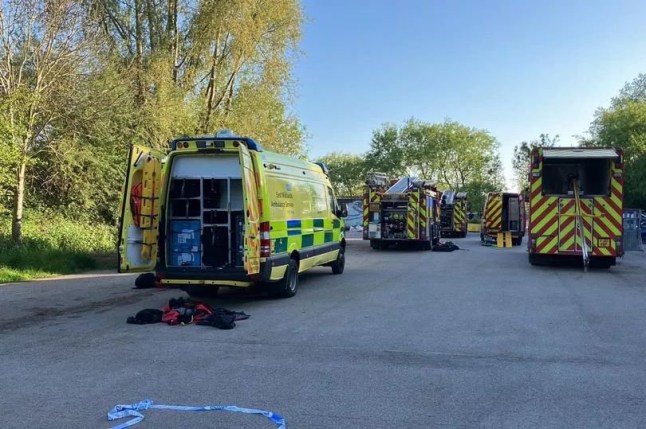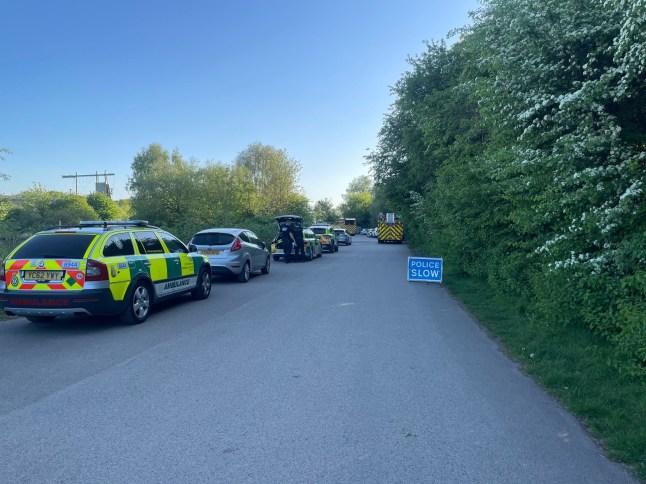Body found in search for boy, 16, who went swimming in lake


A teenager has died after getting into difficulty while swimming in a lake.
The 16-year-old drowned in Colwick County Park on the outskirts of Nottingham yesterday evening.
Witnesses called 999 at around 5.20pm and a body was found by an underwater search team three hours later.
The boy’s death, which came on the hottest day of the year so far, is not being treated as suspicious.
It has sparked warnings from police about the dangers of taking a dip in hot weather.
Chief inspector David Mather said: ‘I would like to take this opportunity to highlight this case as a reminder of the devastating consequences of entering open water – regardless of whether people do so deliberately or inadvertently.

‘As in this tragic case, open water can have hidden dangers that can prove fatal and I would urge anyone who spends any time on or near open water to use this case as a devastating reminder of that – particularly during the recent warm weather we have been experiencing.’
Councillor Sam Lux, from Nottingham City Council, which owns the lake, said: ‘We will be working with Notts Police and Notts Fire and Rescue Service to understand the full circumstances of what happened, but we join with them in highlighting the extreme dangers that open water such as lakes, rivers, quarries or canals can present.’
What to do when you see someone drowning
During periods of hot weather like this, people will often cool themselves down by swimming.
But there are dangers of swimming in open water and people must be familiar with first aid if they see someone drowning.
According to the British Red Cross, an average of 400 people drown in British waters every year.
This is the first aid advice from the organisation if you do see somebody drowning.
Step 1 – Do not put yourself at risk to save a person drowning, you risk drowning yourself. Don’t enter the water unless you are trained to do so and call 999 instead.
Step 2 – If you can reach the person from shore, throw out a rope or life ring. If you have a small boat, row out to the person.
Step 3 – Check the person is breathing once they have been rescued. Can you see, hear or feel the person breathing? If the answer is no, they are not breathing.
Step 4 – Give five rescue breaths, tilt their head back, seal your mouth over their mouth and pinch their nose and blow five times into the person’s mouth.
Step 5 – Give 30 chest compressions and push in the middle of the person’s chest up and down.
Step 6 – If the person starts to open their eyes, breathe, make noise, or cough, stop compressions and start treating them for hypothermia.
Step 7 – The person’s lungs will be full of liquid so giving them rescue breaths will help supply them with oxygen again.
Get in touch with our news team by emailing us at webnews@metro.co.uk.
For more stories like this, check our news page.